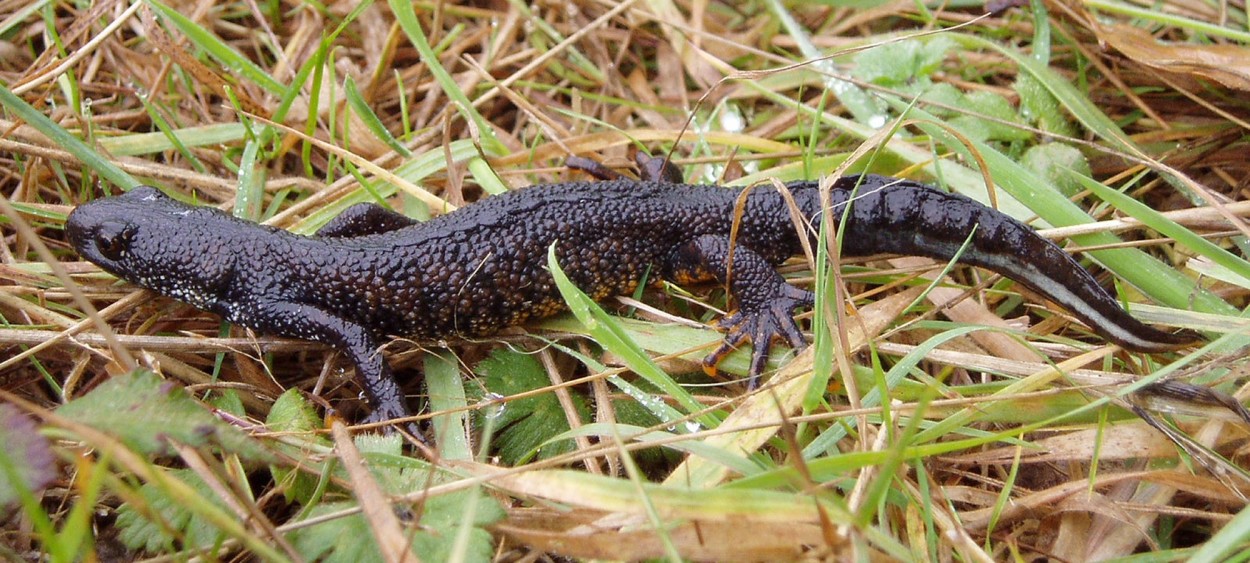Great Crested Newt Surveys – Everything You Need to Know…
When is the GCN Survey Season?
The survey season for Great Crested Newts (GCN) is upon us already! It’s a tight window from mid-March to mid-June and given that it’s right at the start of the main ecological survey season, it’s the one that is most frequently missed by the unsuspecting developer.
It coincides with the GCN mating season. After emerging from hibernation, Great Crested Newts head to their breeding ponds so they don’t miss out on courtship rituals and mating during March, April and May. For the rest of the year GCNs will spend their time on land, where they are much harder to survey.
Who Needs a GCN Survey?
If you have a development site within 500m of a potential GCN breeding pond, you may need to survey for this species before applying for planning consent, especially if you have suitable terrestrial habitat for GCN on site such as woodland, scrub, hedgerows, ditches and coarse grassland.
A Preliminary Ecological Appraisal (PEA) – the initial phase 1 ecological survey – will analyse the habitat types present on your site and check biological records data for previously recorded instances of GCN in the area and advise whether or not a GCN survey is required. It’s therefore wise to do the PEA ahead of the survey season or as early as possible into the season, to allow plenty of time for a GCN survey if necessary.
What’s Involved?
Ordinarily a survey for GCN requires at least four visits to a site and involves a variety of techniques including bottle trapping, torchlight survey and egg searches.
But since 2014, UEEC has also offered surveys using eDNA (environmental DNA) analysis. This has been approved by Natural England for determining the presence or absence of GCN and can be carried out from mid-April until the end of June, slightly later in the season. Because it requires just one site visit, it is cheaper than a conventional survey. However there is one main limitation of this technique in that it cannot assess the population size of GCN if they are present, and this is required information for any Great Crested Newt mitigation licence application. To obtain population data, six surveys using conventional survey techniques are still required, with at least three surveys in the peak breeding season (mid-April to mid-May). For this reason we recommend that eDNA analysis is only used where there is sufficient lead-in time to complete population estimates if necessary.
GCN Mitigation
If GCN are found to be present on your site, there are a variety of different mitigation strategies that can be employed to allow your development to progress. These include habitat retention or replacement, translocation, timing the works appropriately or rendering the site unsuitable under ecological supervision. The disturbance or destruction of breeding or resting places must be carried out under licence.
More Information
For more information and case studies see the Great Crested Newt Surveys & Mitigation section of our website.
With in-house GCN licence-holders and extensive experience in carrying out eDNA and conventional surveys, we are well-placed to help with your GCN survey requirements – please get in touch to talk about your project. 
Urban Edge Environmental Consulting Ltd
Unit 5 | Westergate Business Centre
Westergate Road | Brighton | BN2 4QN
©2019 Urban Edge Environmental Consulting Ltd. All rights reserved.

